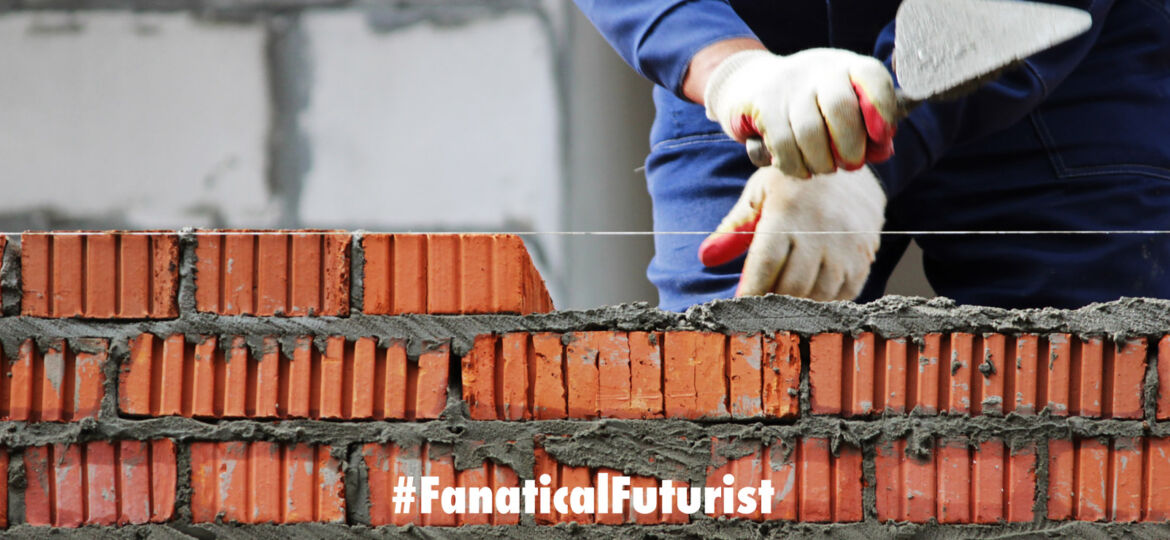
WHY THIS MATTERS IN BRIEF
The combination of AI and Machine Vision are helping robots break new ground and take over more jobs and tasks from human workers.
 Interested in the future and want to experience even more?! eXplore More and connect with Matthew.
Interested in the future and want to experience even more?! eXplore More and connect with Matthew.
Recently there have been a flurry of developments in the construction industry that are revolutionising how we build our cities and communities, from the emergence of Artificial Intelligence (AI) platforms that can design cities so humans don’t have to, through to the emergence of autonomous drones that will act as site foremen controlling and directing fleets of autonomous construction vehicles and cranes, and autonomous 3D printing robots as they print everything from 80 storey skyscrapers, family homes, military barracks, and entire communities in just days – as well as settlements on Mars and the Moon. And that’s before we discuss how the arrival of 5G is now helping construction workers control equipment in one location while they themselves are thousands of miles away.
Now though two Australian firms, Fastbrick Robotics (FBR) and Australian material supplier Brickworks, have added a modern twist to traditional construction that could one day signal the end of the road for human brick layers and unveiled Hadrian X, a brick laying robot that now means the company can offer “Wall as a Service.”
FBR has already run numerous trials and in November last year they managed to build their first house in just three days using the tech, which was then followed up with a $2 million investment from Caterpillar.
“We are very pleased to have a joint venture partner with the reputation and scale of Brickworks to jointly offer Wall as a Service to the [Australian] market. The joint venture will demonstrate the capabilities of the Hadrian X and test our business model for the commercialisation of Wall as a Service,” said Mike Pivac, FBR’s CEO, adding that they plan to commercialise the technology later this year.
















